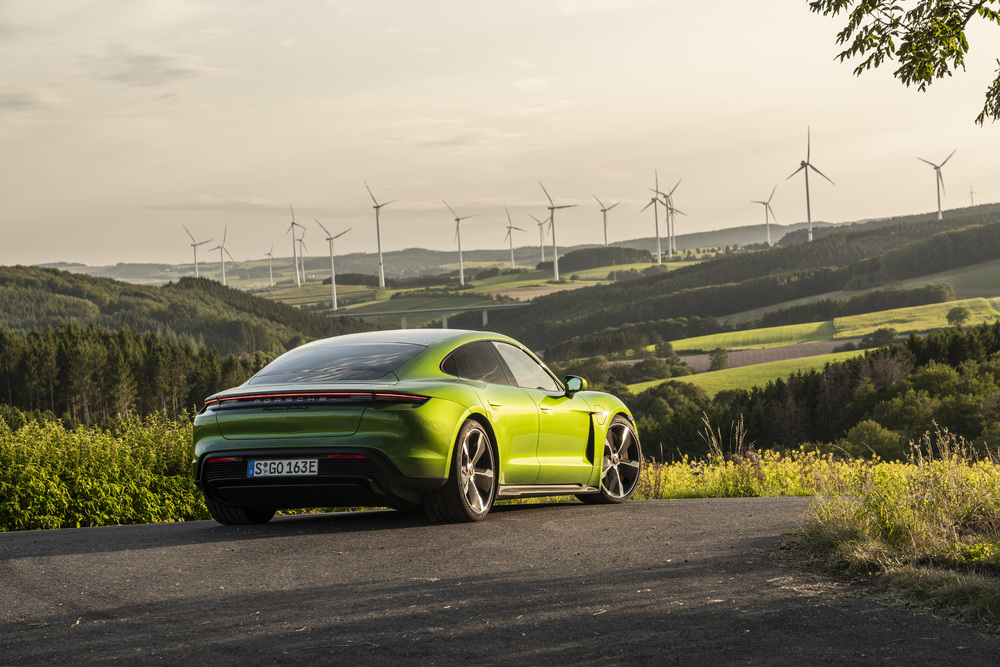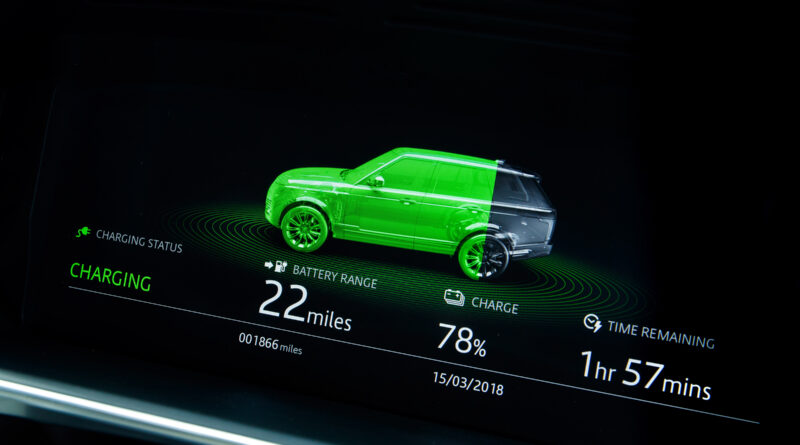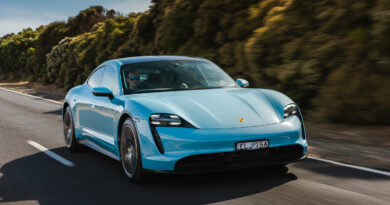Is an EV better for the environment?
Yes, but…
Only if the electricity to power the EV comes from renewable or low-CO2 sources. While an EV will make a contribution to improving urban air quality, if it runs on electricity generated by high-CO2 sources like coal-fired power stations it will contribute little to solving the climate crisis.
Here’s why. It’s using a vehicle that accounts for the majority of the energy it will consume over its entire life cycle. This goes for both internal-combustion cars and EVs. The energy used driving around for the decade or so that is a typical vehicle lifetime is around three times the energy required for everything else; materials extraction and transport, manufacturing, shipping, maintenance and, eventually, scrapping.
EV FAQ: All your electric car questions answered
This means that what academics call use-phase emissions are by far the biggest influencer of a vehicle’s overall environmental impact, particularly when it comes to climate-changing greenhouse gases.
While it’s true that making an EV requires more energy than manufacturing a conventional car, the EV has the potential to significantly cut total lifetime emissions.
And that potential is only realised if clean energy is used to power the EV. Without low-CO2 to power it, an EV may not be any better than something with an exhaust pipe.
Citizens of countries where renewables or nuclear generate all or most of the electricity to power their grids, Norway and France, for example, can buy an EV knowing for sure their choice will make a difference.
It’s not like this in Australia, where electricity-generation emissions are very high compared to other developed countries. And even within Australia there are differences. In Victoria, which has the dirtiest electricity in Australia, EVs produce about the same CO2 as an equivalent petrol car per kilometre travelled.

According to the Federal Government’s Department of the Environment and Energy, in 2017 each kWh of electricity produced in Victoria produces a little more than 1kg of CO2. EVs typically use between 12 and 30kWh of electricity for every 100km travelled. So for every 100km they would emit between 13kg and 32kg of CO2.
In comparison, an average petrol-powered car uses between 7.0L/100km and 12.0L/100km of fuel. For each litre of petrol burnt there is 2.3kg of CO2 produced. So, between 16kg and 28kg per 100km.
Not much in it. But do a similar calculation for Tasmania, where hydro power is huge, and the results will be very different…
But the best way to maximise the environmental benefit from switching to an EV is to use only renewable energy to run it. This doesn’t mean spending big money on a rooftop photovoltaic array and storage battery set-up to go with your new EV. But it does mean signing up with an accredited green power retailer. They’re not hard to find, though it’s best to check out how they’re rated by independent watchdogs before signing on the dotted line.
Delving into the details of EV materials and manufacting details there are many more factors to consider. But when it comes to the big issues – climate change and urban air – EVs really do make the world a better place.




